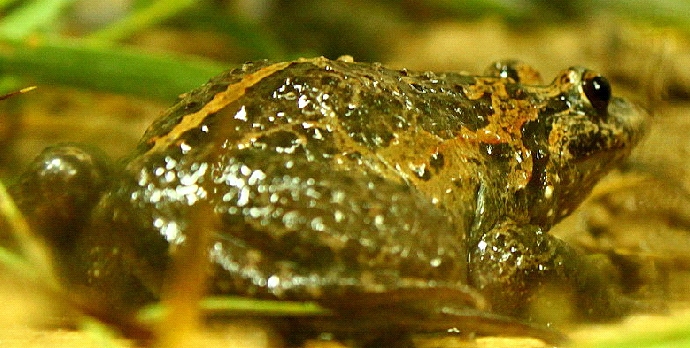Page Content
- Birds of the Hula Valley
- The Swamps of the Hula Valley
- Why Did Man Intervene?
- The Drying Process of Hula & Subsequent Problems
- Response to the Problems
- Additional Inadvertent Mistakes
- Return of Birds to Hula Valley
- Fish Farms and Migratory Birds
- Surprising New Species
Birds of the Hula Valley
Migratory birds in Hula Valley. Music: Op. 6, No. 17 – Overture with Wooden Birds by Tom Fahy (http://tomfahy.org/)
It has been estimated that over 500 million migratory birds fly over Israel every year.
This massive wave is composed of more than 450 different species of birds of which a large number make a lengthy stop in the Hula Valley – resulting in a striking phenomenon that has attracted birdwatchers and photographers from around the world. See more…Return of Birds to Hula Valley
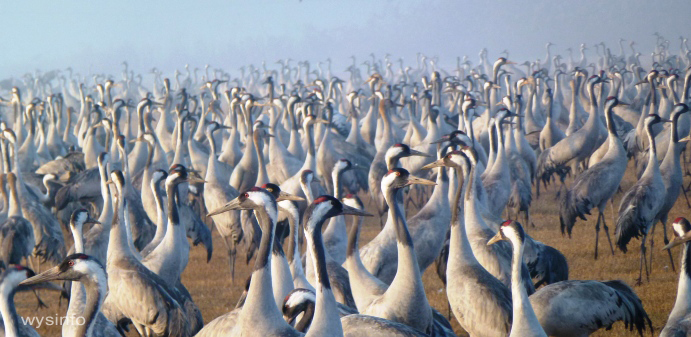
Question: Where is the Hula Valley?
Answer: The Hula valley is located in the northern part of Israel between the Golan Heights on the east, and the Naftali mountains to the west, under two of the main flyways of migratory birds: the West Asian-East African Flyway and the Black Sea/Mediterranean Flyway.
It lies along the Afro Syrian rift and, on its eastern side, the valley carries with it the Jordan River that drains down into Lake Kinneret (also referred to as the Sea of Galilee), and from there south to the Dead Sea.
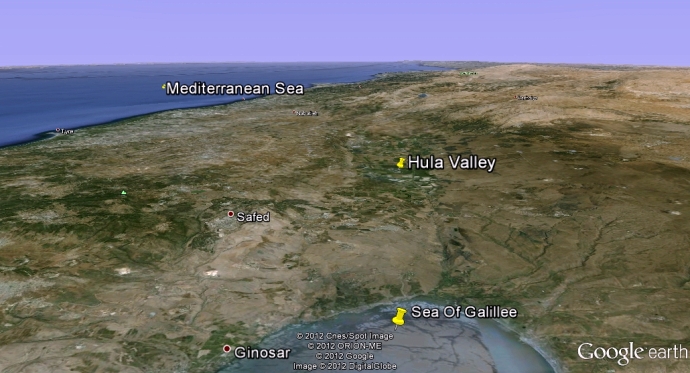
The Swamps of the Hula Valley
Over a period of millions of years intensive geological activity resulted in conditions that often blocked the drainage of water towards the south along the Jordan River and, as a result, locked the water in the valley, creating the Hula lake and surrounding swamps. The swamps, rich with organic material, created a solid food base for over 800 different forms of life.
The story of the swamps of Hula offers a clear example of how fragile nature is and how easily it is affected when man attempts to change or harness it without taking into consideration the consequences of human intervention.
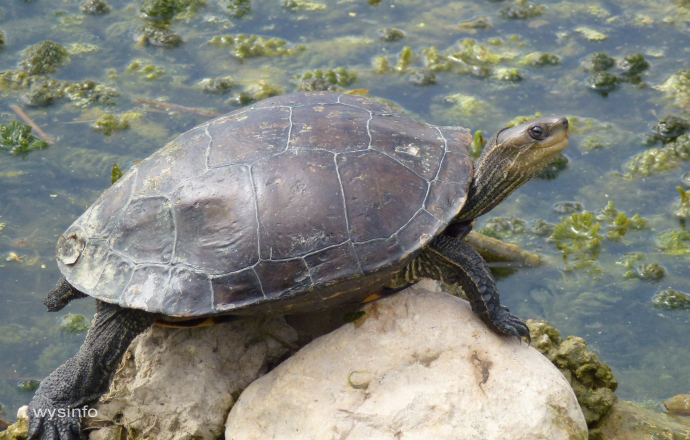
Why did Man Intervene?
At the beginning of the 20th century the Hula Lake covered an area of 13 sq kilometers, with seasonal swamps to the north of the lake which fluctuated between 8,000 dunam in the summer to 47,000 dunam in the winter.
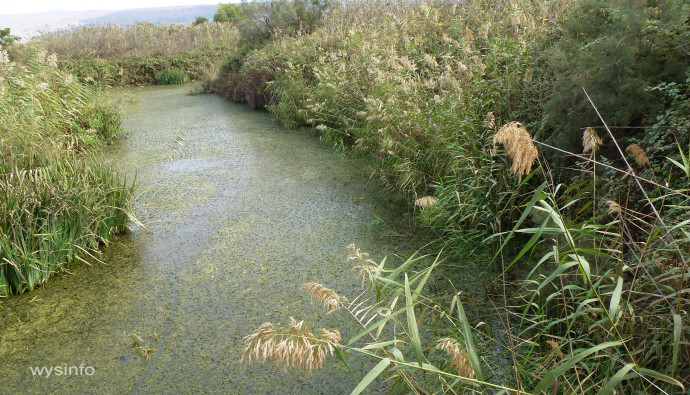
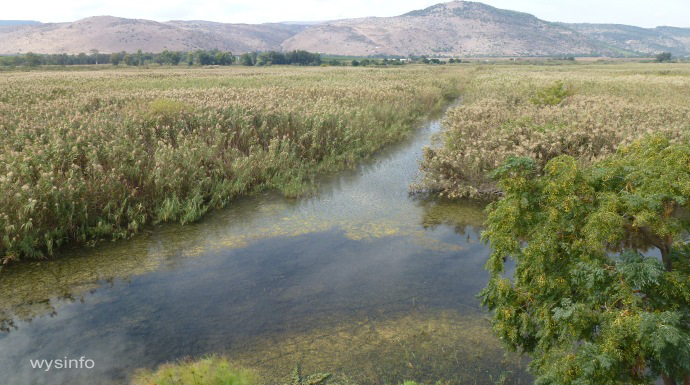
Concern over the malaria infested swamps plus a need for additional agricultural land eventually led to a plan to dry out sections of the marshland. Discussions for such a project began already in 1906 during the Ottoman rule of the land. The idea was raised again in 1934, during the period under the British mandate, when the valley was purchased by Yehoshua Hankin on behalf of the Palestine Land Development Corporation. Political constraints postponed the project but it was eventually carried out by Keren Kayemet L’Yisrael between 1951 and 1959.
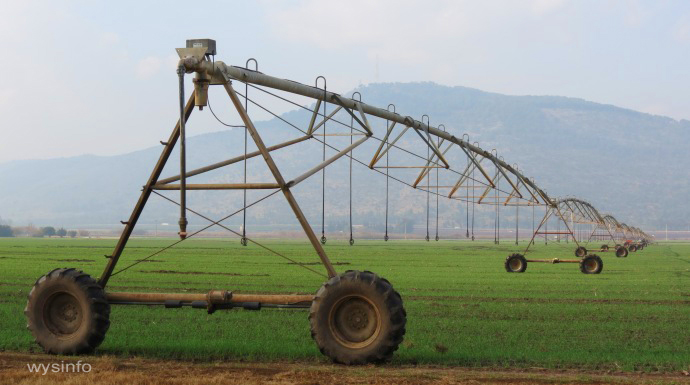
By the 1950s, the problem of malaria was under control but the project of drying up the swamps was still considered worthwhile in light of the additional agricultural land it would provide. There was also a belief that the large quantities of peat soil found within the valley could be used as fertilizer.
The Drying Process of Hula and the Subsequent Problems
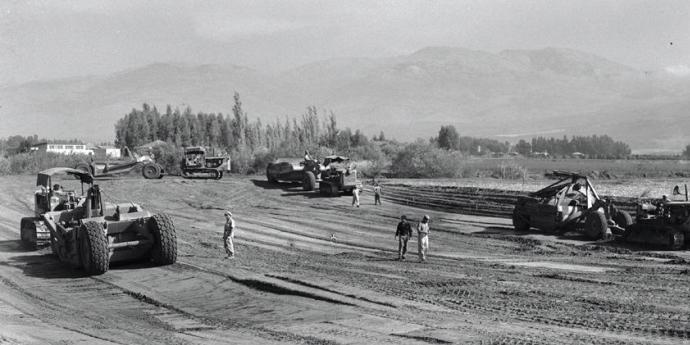
The drying process was done by digging two large drainage canals, and by deepening the Jordan River which allowed the flow of free water south, helping to lower the underground water level in the valley.
As a result of the drying process, the peat soil, rich in organic material, was exposed to the atmosphere. It oxidized quickly and the organic compounds began to disintegrate. The resulting dry soil, now with less organic material, lost its strength to a point where strong winds easily carried the dry soil away and the soil eroded.
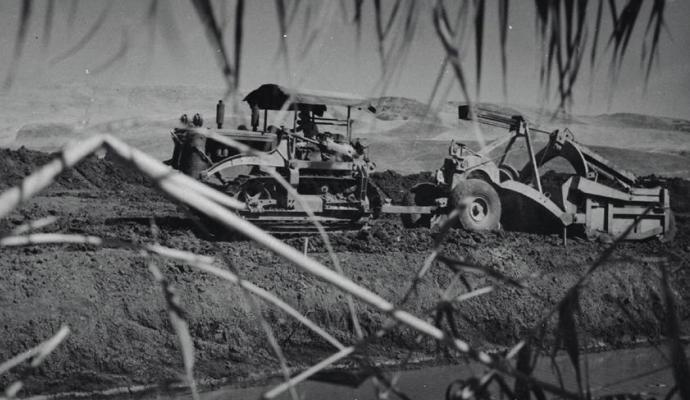
Consequently the peat soil lost volume and the ground level was gradually lowered. The oxidation process of the materials within the soil – a natural process which gives off substantial heat – often caused spontaneous underground fires which burned, sometimes for a few months.
Unsuccessful efforts were made to put the fires out and with time the burnt soil lost more weight and volume and was lowered into the ground even more, at some points sliding downward as much as 6 – 7 meters.
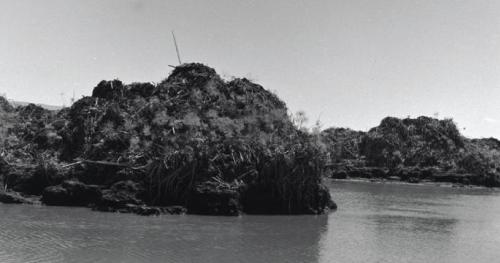
As a result of the disintegration of organic material, the soil acquired high levels of ammonia and nitrogen compounds which were flushed into the canals during the winter floods. This swamp soil collected within Lake Kinneret and resulted in an accelerated growth of algae and the reproduction of creatures that fed off them. It eventually became clear that the drying of the swamps in Hula was directly responsible for a serious reduction in the quality of the water in Lake Kinneret, the primary source of drinking water for much of the surrounding country.
Another consequence of this drying process was the disappearance of many life forms that had adapted themselves to the climatic conditions of the swamps that were rich with food. One of the most conspicuous examples was the diminishing number of migratory birds that had habitually chosen Hula as one of their resting spots during their long journey.
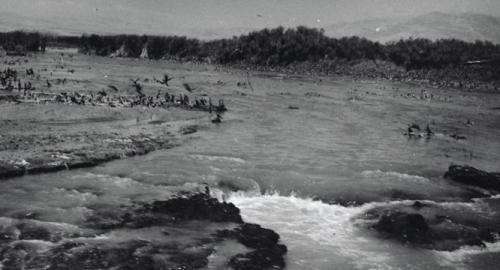
The damages that resulted from changes to Hula were discovered only after 15 – 20 years. Fortunately the realization came early enough for authorities to re-think the plan in order to reverse the problems.
Response to the Problems – Re-flooding and Creating Agmon Hula
The project of re-flooding the Hula valley started in 1994. It meant reconstructing the soils by controlling the underground water level in a way that would enable draining the area in the winter, but not drying it out in the summer.
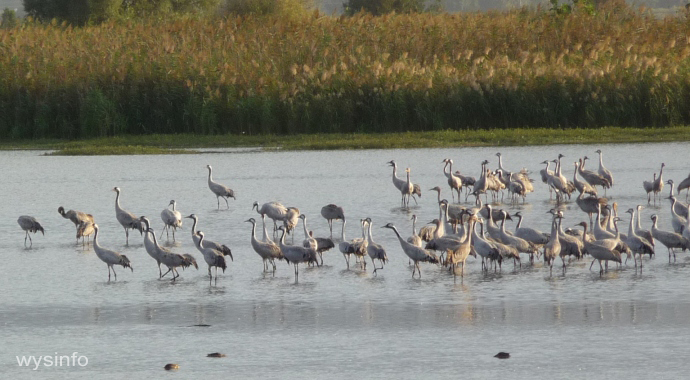
The actions taken included:
- Reestablishing the original path of the Jordan River
- Creating new drainage canals and building many dams in order to be able to control the level of the water, as needed
- Trapping the water, rich with nitrogen compounds, that used to flow into the Kinneret, treating it and using it for agriculture.
- Developing a 5000 dunam park with a 1100 dunam lake in it
With the beginning of the reconstruction project, an interdisciplinary research group was created in order to continuously monitor the development of the project and to overcome problems that could arise during the reconstruction. The researchers checked the possibility of bringing back plants and animals that had disappeared from the valley and many were re-introduced.
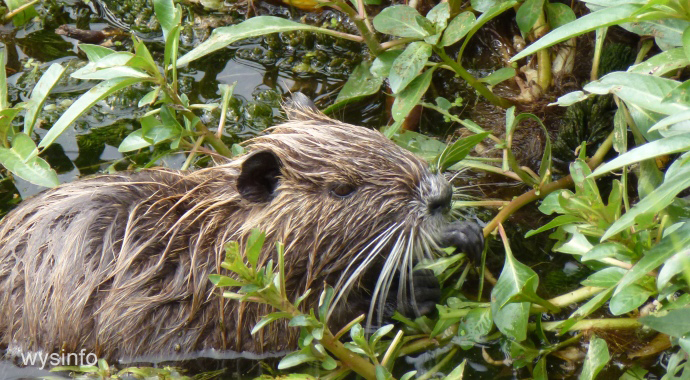
Additional Inadvertent Mistakes
With the best of intentions, mistakes were still made.
In the course of trying to save creatures that were in danger of extinction, the late Professor Heinrich Mendelssohn, director of the Biological-Pedagogical Institute in Tel Aviv, launched a plan to salvage animal life that was quickly disappearing from streams in the center of the country. It was believed that the newly re-established nature reserve of Agmon Hula could offer a simple solution for some of the endangered species. A decision was made to relocate some of the disappearing species by physically moving them to the Hula reserve.
One species that Professor Mendelssohn attempted to protect was the Soft Turtle (Trionyx triunguis). Not too long after the turtles were moved to Hula, the nature reserve authorities realized that the population of these turtles was increasing at a tremendous rate and that they were eating the eggs of fish that were indigenous to the reserve. Eventually another process was initiated in order to take the soft turtles back to their original habitat.
Return of the Birds to Hula and The Crane Project
The renewal project resulted in a huge parkland in the area and the re-establishment of the lake in the middle.
Very quickly migratory birds, many of which had re-directed their migration path during the drying out of the swamps, returned in abundance. Unfortunately, while a positive development for ecologists and bird lovers, the farmers in the area, still intensively cultivating dozens of thousands of dunams of the original swamp land, suffered.
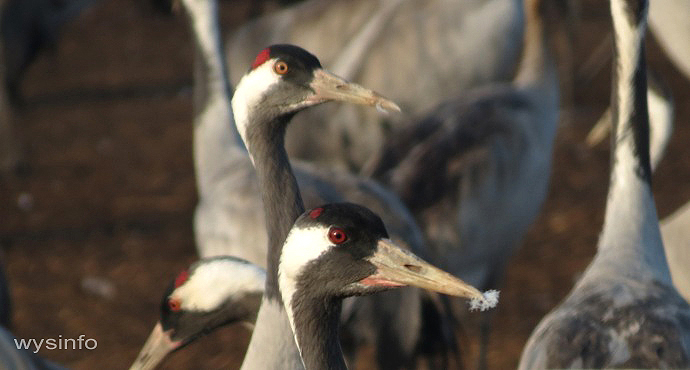
The grain eating birds began to eat their way through the growing produce of the agricultural farms, and the fish eating birds soon began to deplete the fish farms in the area.
The need to minimize the damage created by the birds without harming them, gave way to an idea that aimed for a win-win situation.
The logic behind the concept was as follows: In order for the birds to continue with their journey, they needed to rest and fill up their energy reserves.
In order to accomplish this, a crane project, as it is called, was designed to include 3 steps:
- To allow the birds, during the 1st half of the autumn, to eat nuts in fields that had completed their summer growth
- To forbid the birds from eating in the 2nd half of autumn, thus to force them to continue flying to their destination
- To actively feed the birds during winter, as needed, by scattering the food within their resting zones, while at the same time forbidding them from entering the cultivated fields
The Crane Project of Hula Valley
The plan was implemented. As a result, more and more cranes have been coming to the Hula valley. The Keren Kayemet L’Yisrael organization, in conjunction with the Israel nature reserve authorities and the American forestation authority, have conducted research in order to find a way to control the numbers of cranes that are involved.
In addition to the cranes, there are many other migratory birds that have returned and numerous indigenous birds that can be seen throughout the Hula valley.
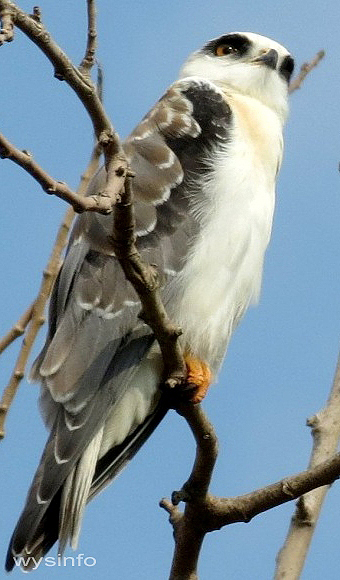
Black Winged Kite – Bird of Prey in Hula Valley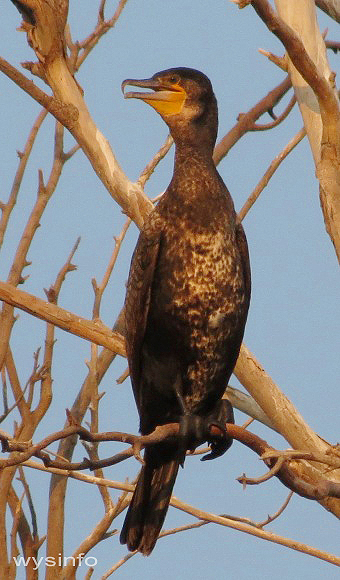
Pygmy Cormorant in Hula Valley
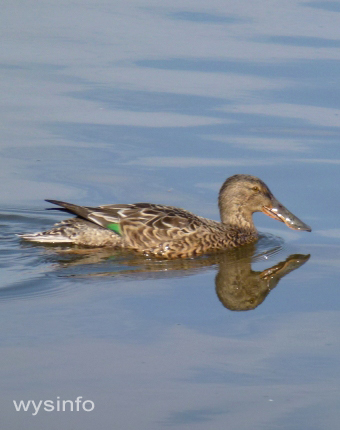
Northern Shoveler (Female) Duck
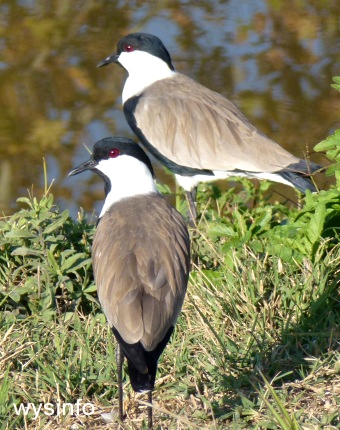
Spur-winged Lapwing in Hula Valley (Indigenous)
Sometimes the conflicts that arise are not between man and nature, but battles of survival between species.
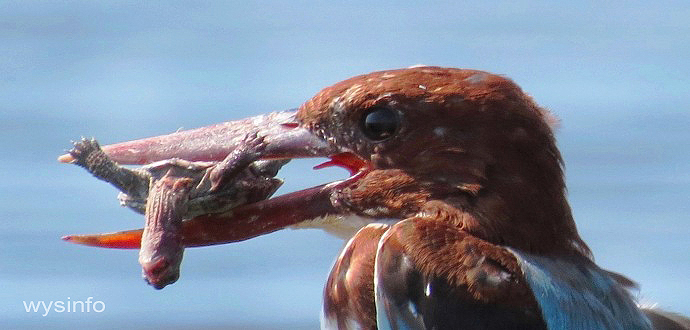
One thing is sure, the project has resulted in a spectacle that is not easily forgotten by tourists, photographers and birdwatcher who visit the valley, while at the same time protecting the crops of the surrounding farms.
Fish Farms and Migratory Birds
Another challenge that was raised was how to deal with fish eating birds migrating over the Hula Valley area.
The fish farms are a popular and successful industry in Israel. Some of the agricultural communities (kibbutzim) in the Hula Valley, in the Lower Galilee and along the Mediterranean, are suffering heavy losses due to the intensive appetite of fish eating birds like the pelicans, kingfishers and others.
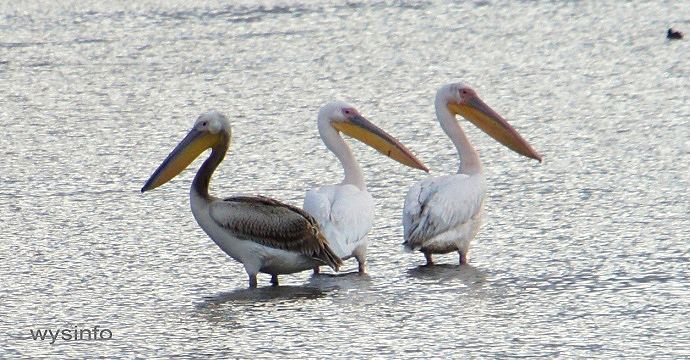
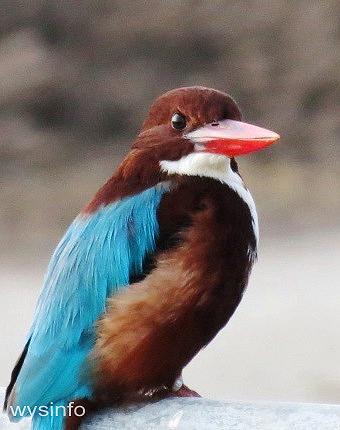
White Throated Kingfisher in Hula Valley (Indigenous)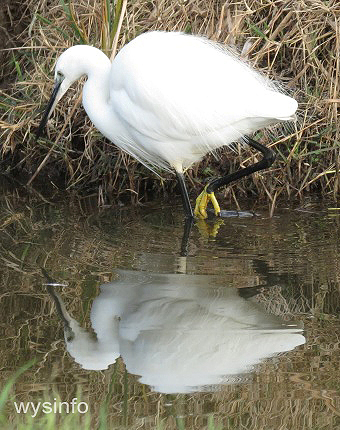
Little Egret in Hula Valley
For more about these birds see Migratory Water Birds.
Surprising New Species
An interesting surprise for the nature reservists of the valley was the discovery of the rare Hula painted frog (Discoglossus Nigriventer). The frog, unique to this area, grows up to 4 centimeters in size, is a carnivore (meat eater) and is known to eat its own species.
This unusual frog was originally identified in the 1940’s by Professor Heinrich Mendelssohn from the Biological-Pedagogical Institute in Tel Aviv and by Professor Heinz Steinitz from the Hebrew University.
During the 1950’s, following the drying of the Hula swamps, this species disappeared. Research groups attempted unsuccessfully to find the frogs again and, in 1996, this led the IUCN (International Union for Conservation of Nature) to consider this species as extinct.
The species was rediscovered in November 2011. It was found by chance by one of the nature reserve employees, was identified and is now regarded as one of the 10 rare amphibian species. It is believed that introducing more water in the Hula valley together with improvement in its quality was the reason for the reappearance of this frog.
